I, Debabrata Ghosh, was born in 1931, and my journey as an audiophile started in 1943 when my dad owned a single spring HMV gramophone. With only one winding, I could only play one side of a 78 RPM record. I remember the soundbox needing a pin and two brands being available - HMV and TWEEN. HMV was the superior brand, but winding with a handle required care as one extra wind could break the spring.

My grandfather's home had a double spring gramophone, which could play both sides of a 78 RPM record, but it was not portable and was very bulky, heavy, and made of mahogany wood. It was very glossy with an inbuilt speaker in front, and one had to open the lid before starting to play. The records were made of shellac, and the playing time ranged from 3 to 7 minutes, depending on the diameter.
In the mid-50s, HMV came out with a machine that made the gramophone obsolete. By then, 78 RPMs were replaced by LP and EPS (33 and 45 RPM) made on vinyl, with a playing time of around 23 and 7 minutes on each side. My dad presented me with one, and I remember it needed an electrical connection, had a cartridge and a two-sided stylus to play both vinyl and shellac, and could be connected to an external device like a radio for sound.

The biggest distributor of Delhi, Maharajalal & Sons, had five shops, and we bought a large number of records from them. There, I saw a Garrard record changer, which could take a stack of 8 records and automatically drop another after it ended. That saved the trouble of repeatedly moving out of your listening position. One of the co-owners was a good friend, and he arranged to assemble a radiogram for me in a lovely designed cabinet sometime in the mid-60s with the Garrard and two Ahuja speakers. A small stereo was born, not a real stereo though.
With the advent of stereo and cassettes, and later CDs, I moved on to both indigenous (Woodstock) and imported electronics and speakers, changing from one to another frequently, ending with Marantz and Dali, both high-end, while also having smaller units for my bedroom. One of the most interesting was a Sharp 999, a huge double cassette recorder with 4 drivers and two tweeters, bought from a smuggler's den in a Colaba back lane in Bombay. It had massive 40 W RMS power, and I remember it for its excellent sound quality and various functions it could perform.

Around three years ago, I started rapidly and abruptly losing my hearing, so tragically had to put my amp and speakers in cover (not selling under any compulsion for sentimental reasons). I have resorted to a couple of open-back headphones (mid-range) and a headphone amp, but I still spend an average of 3 hours listening to my kind of music.
I have studied the subject of sound deeply and can confidently say that, as far as music through devices is concerned, like and dislike are very subjective. Secondly, the sound that you finally hear is entirely source-dependent. Garbage in, garbage out. You may have Dali Kore driven by the highest end Mac, but 128 kbps will produce 128 kbps sound, or a Sennheiser Orpheus.
My advice to the next generation is not to go by reviews or word of mouth. Audition yourself as much as possible, especially if it's somewhat expensive whether it's a system or headphones and then transfer the money. This is the advice I would like to give to the next generation of audiophiles. Audio is a very subjective experience, and it's important to find the right equipment for your own preferences.
I hope my journey through the world of audio has provided some insight and inspiration for those interested in pursuing their own audiophile journey. Thank you for taking the time to read about my experiences.

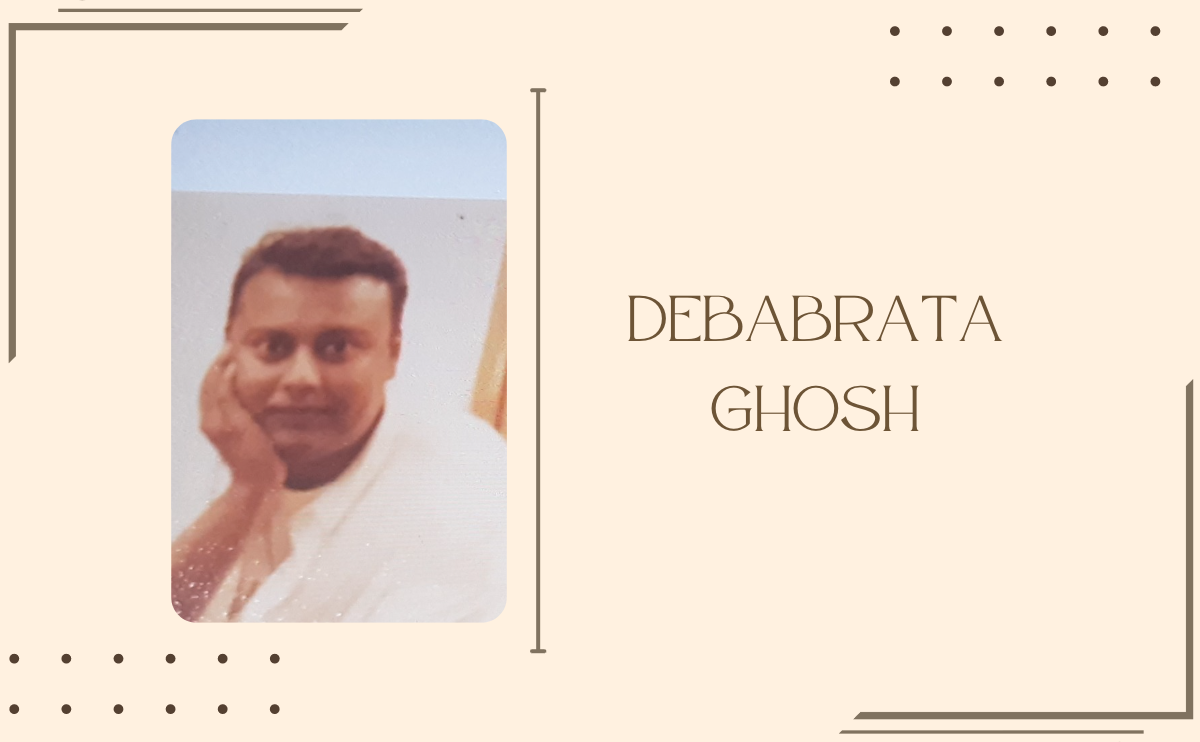
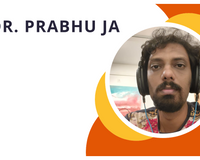
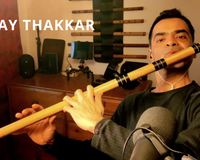
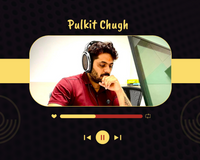
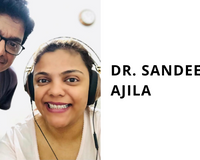
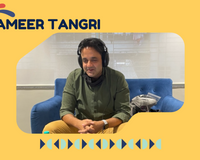
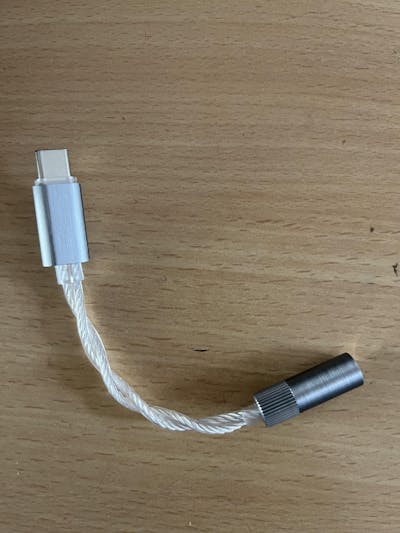
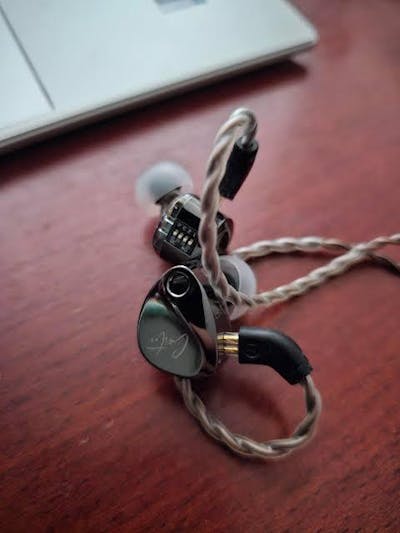



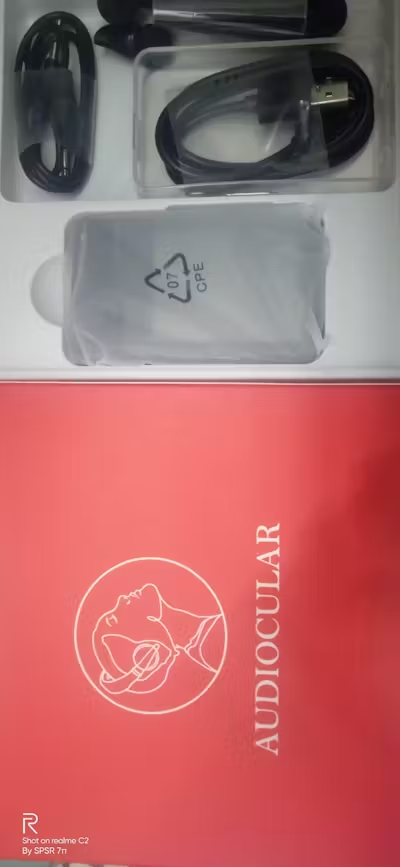


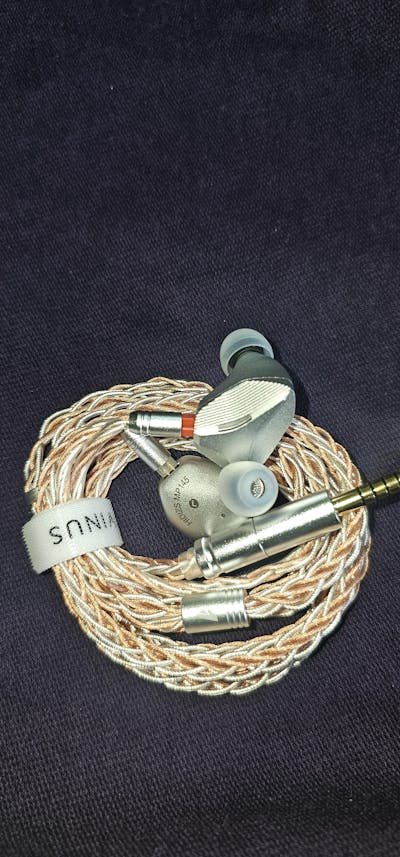
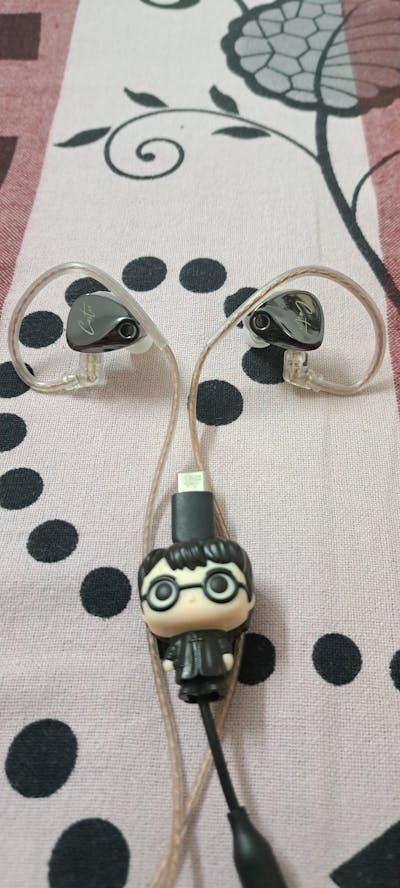
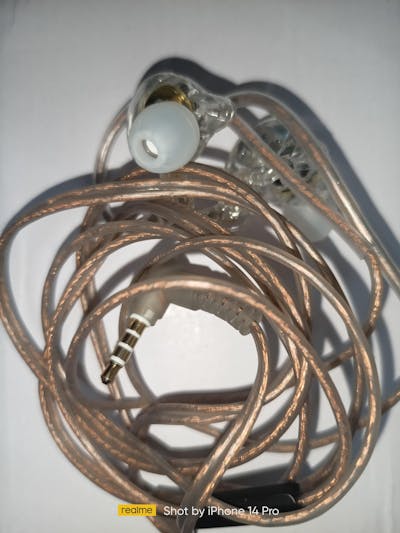
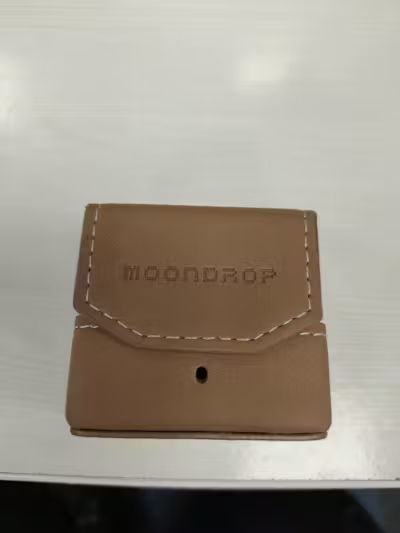
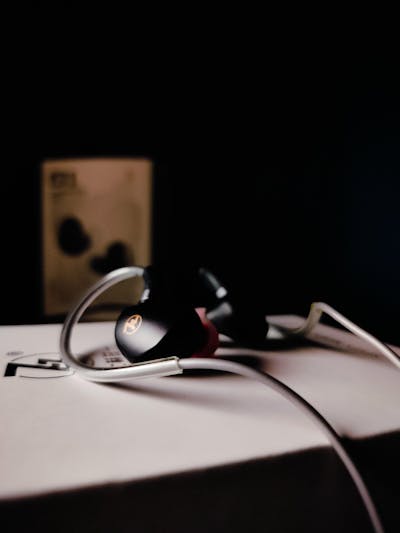
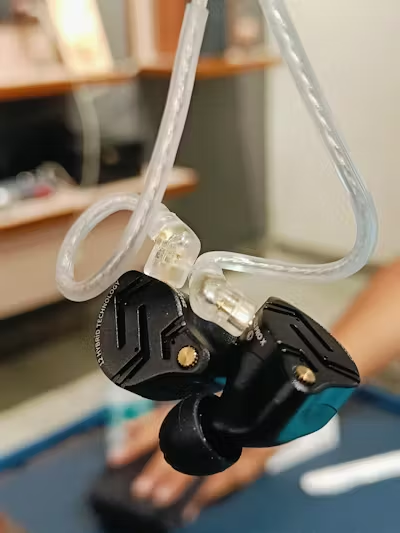
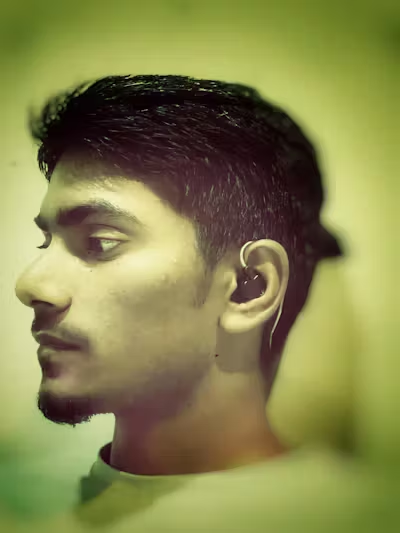

2 comments
Aditya Paul
Very well said sir
Kanwar Vijayvir Singh
What a legend. We are coming behind you.